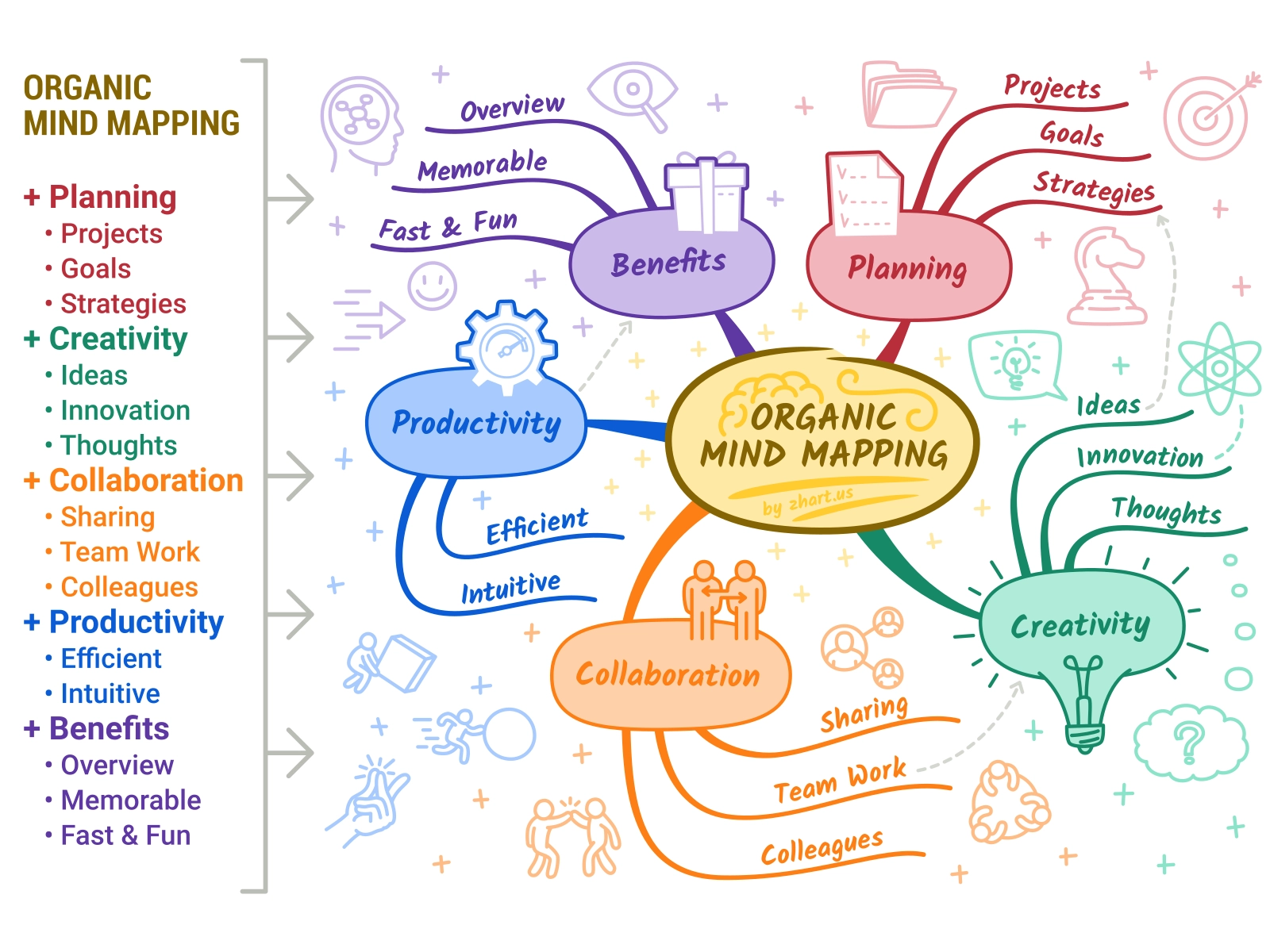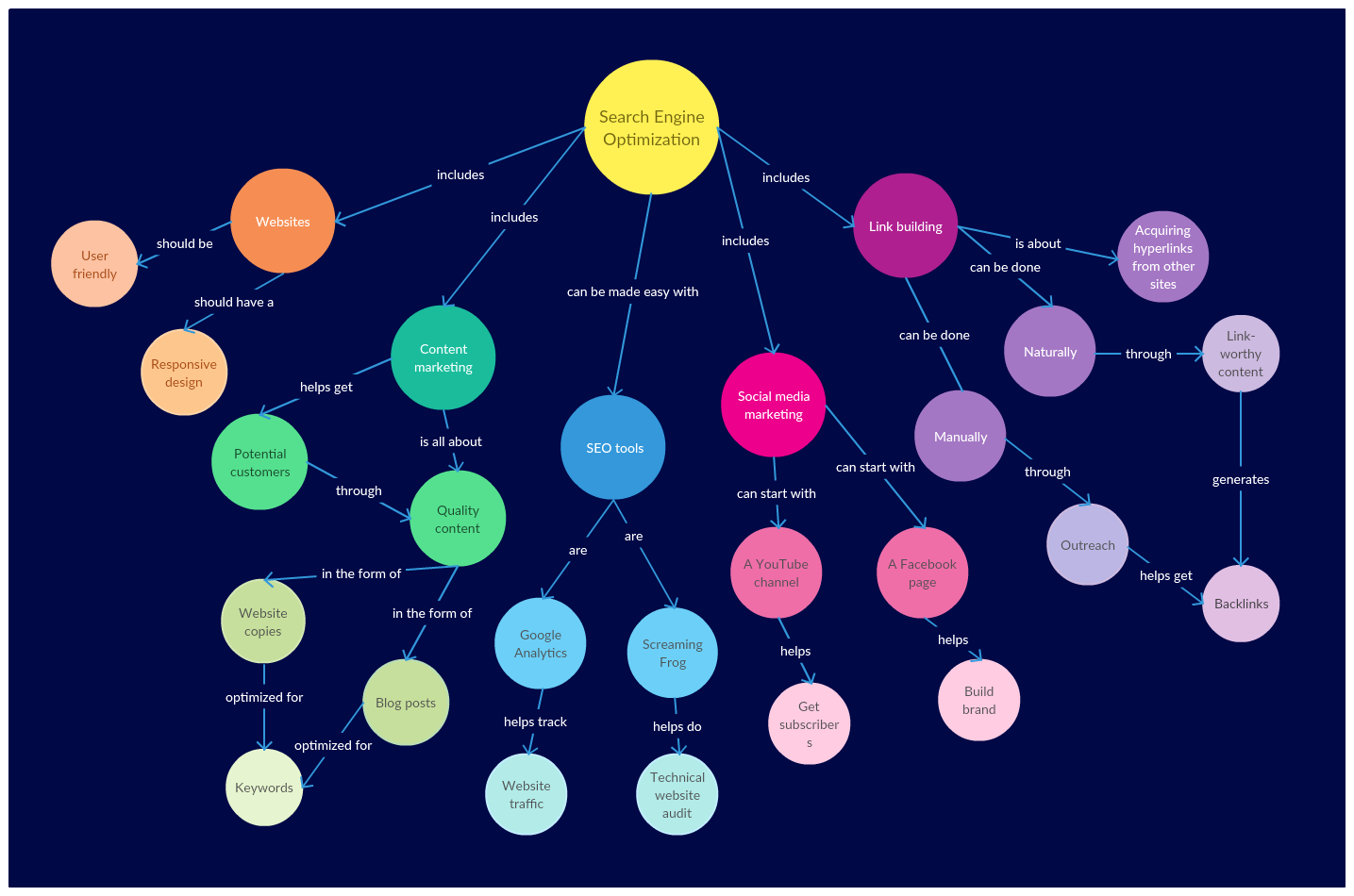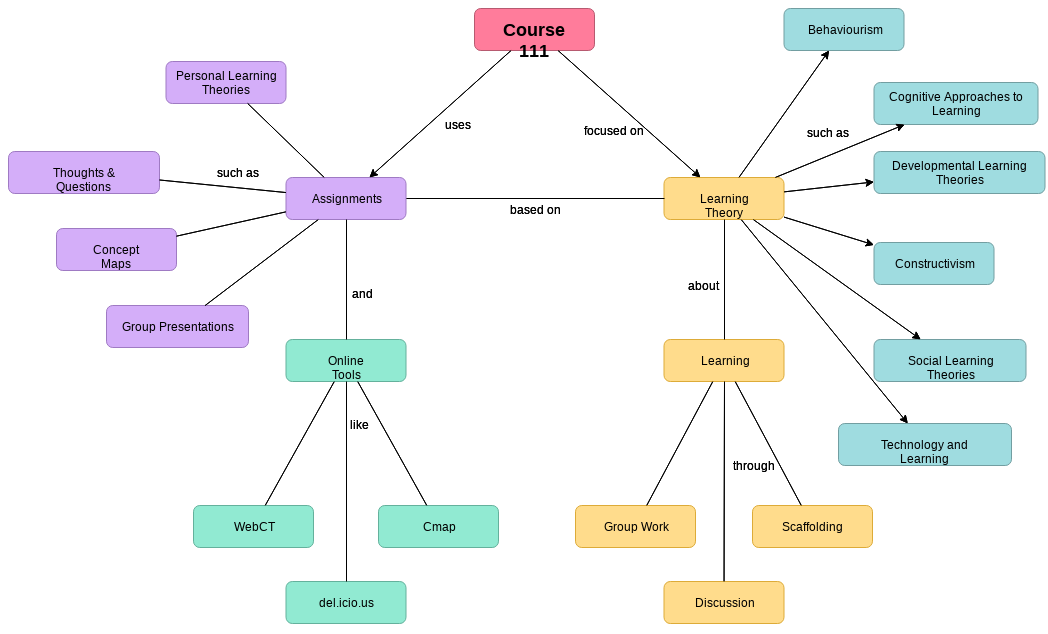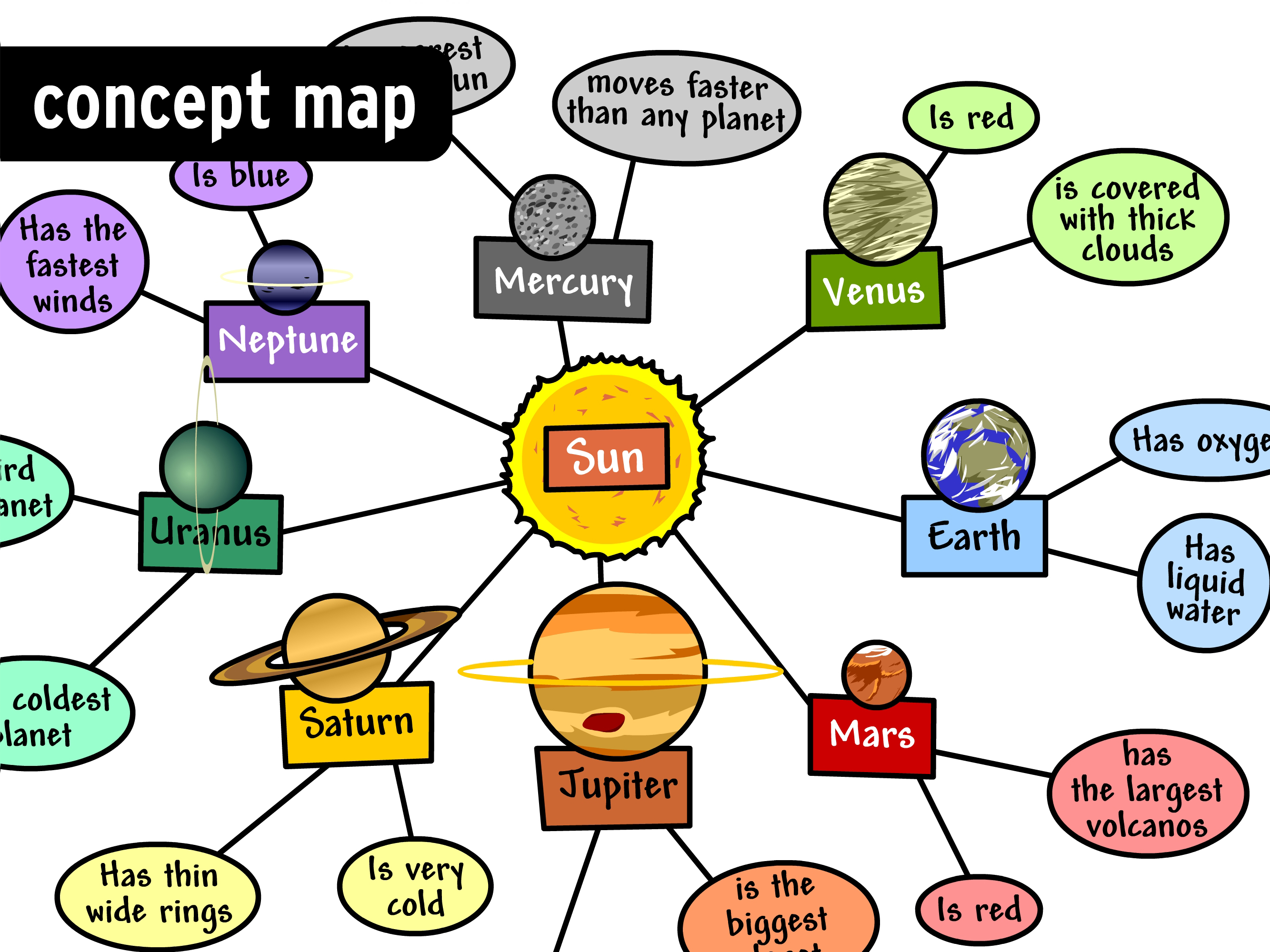Concept Map Ideas for Creative 2025 Project Ideas for Spanish Class 2025
Related Articles: Concept Map Ideas for Creative 2025 Project Ideas for Spanish Class 2025
- Companies That Pay For Invention Ideas 2025 Profitable Home Based Business Ideas In India 2025
- Chicken Breast Crock Pot Ideas 2025 Pinterest Office Ideas 2025
- Coffee Shop Name Ideas With Meaning 2025 Preconceived Ideas Synonym 2025
- Closet Design Ideas Walk In 2025 Pizza Toppings Ideas List Dessert 2025
- Coffee Cup Painting Ideas On Canvas 2025 Practical Invention Ideas On Youtube 2025
Introduction
In this auspicious occasion, we are delighted to delve into the intriguing topic related to Concept Map Ideas for Creative 2025 Project Ideas for Spanish Class 2025. Let’s weave interesting information and offer fresh perspectives to the readers.
Table of Content
Video about Concept Map Ideas for Creative 2025 Project Ideas for Spanish Class 2025
Concept Map Ideas for Creative 2025 Project Ideas for Spanish Class 2025

Introduction
As educators, we are constantly seeking innovative and engaging ways to captivate our students and foster their learning. Concept mapping is a powerful tool that can enhance comprehension, critical thinking, and creativity in the Spanish classroom. By visually representing concepts and their relationships, students can develop a deeper understanding of the language and its cultural context.
In this article, we will explore a range of creative concept map ideas that can be implemented in Spanish class in 2025. These ideas aim to leverage technology, promote collaboration, and foster student agency, aligning with the evolving educational landscape and the needs of 21st-century learners.
Concept Map Ideas
1. Interactive Digital Concept Maps:
Utilize online concept mapping tools such as Coggle or MindMeister to create interactive digital concept maps. Students can collaborate in real-time, adding nodes, connecting concepts, and embedding multimedia content. These maps can be shared and accessed anywhere, fostering ongoing learning and peer feedback.
2. Gamified Concept Maps:
Incorporate game elements into concept mapping to make learning more engaging. Create maps with hidden clues, puzzles, or challenges. Students can compete individually or in teams to complete the maps, fostering motivation and a sense of accomplishment.
3. Story-Based Concept Maps:
Develop concept maps that tell a story or narrative. Students can create maps that explore the plot, characters, and themes of a Spanish novel or film. This approach encourages critical thinking, comprehension, and creative expression.
4. Cultural Immersion Concept Maps:
Create concept maps that focus on aspects of Spanish-speaking cultures. Students can explore topics such as food, music, art, or traditions. These maps foster cultural awareness and provide a context for language learning.
5. Collaborative Class Concept Maps:
Engage the entire class in creating a collaborative concept map. Divide students into groups and assign each group a specific topic or concept. The groups then create their own maps, which are combined into a comprehensive class map. This promotes teamwork, shared understanding, and a sense of ownership.
6. Personalized Concept Maps:
Encourage students to create personalized concept maps that reflect their individual learning styles and interests. They can choose topics that they are passionate about or that relate to their future aspirations. Personalized maps foster student agency and make learning more meaningful.
7. Cross-Curricular Concept Maps:
Connect Spanish concepts with other subject areas, such as history, geography, or science. Students can create maps that explore the historical context of a Spanish-speaking region or the scientific principles behind a cultural practice. Cross-curricular maps promote interdisciplinary learning and broaden students’ perspectives.
8. Augmented Reality Concept Maps:
Utilize augmented reality (AR) technology to create interactive concept maps. Students can scan QR codes or use AR apps to access additional content, such as videos, audio recordings, or interactive simulations. AR maps enhance engagement and provide a multi-sensory learning experience.
9. Mobile-Friendly Concept Maps:
Design concept maps that are optimized for mobile devices. Students can access and edit maps on their smartphones or tablets, fostering flexibility and anytime, anywhere learning. Mobile-friendly maps also promote collaboration and peer feedback.
10. Data Visualization Concept Maps:
Incorporate data visualization techniques into concept maps. Students can use charts, graphs, or infographics to represent data related to Spanish-speaking countries or cultures. Data visualization enhances comprehension and provides a deeper understanding of complex concepts.
11. Creative Writing Concept Maps:
Use concept maps as a tool for creative writing. Students can create maps that brainstorm ideas, develop characters, or outline a plot. Concept maps provide a structured framework for creative expression and foster imagination.
12. Project-Based Concept Maps:
Integrate concept mapping into project-based learning. Students can create concept maps as part of research projects, presentations, or creative endeavors. Concept maps help students organize their thoughts, plan their work, and communicate their findings effectively.
13. Real-World Application Concept Maps:
Connect Spanish concepts to real-world situations. Students can create concept maps that explore career opportunities, travel experiences, or social issues related to Spanish-speaking communities. Real-world applications make learning more relevant and meaningful.
14. Student-Led Concept Maps:
Empower students to take ownership of their learning by leading the creation of concept maps. Students can choose topics, design the maps, and present their findings to the class. Student-led maps foster critical thinking, communication skills, and confidence.
15. Assessment-Based Concept Maps:
Utilize concept maps as a formative or summative assessment tool. Students can create concept maps to demonstrate their understanding of a unit or concept. Concept maps provide a visual representation of student learning and can inform instructional decisions.
16. Peer-Reviewed Concept Maps:
Foster peer feedback and collaboration by having students review and critique each other’s concept maps. Students can provide constructive criticism, suggest improvements, and engage in meaningful discussions about the concepts being explored. Peer-reviewed maps enhance critical thinking and promote a growth mindset.
Conclusion
Concept mapping is a versatile tool that can transform Spanish instruction in 2025 and beyond. By embracing creative ideas and leveraging technology, we can engage students, foster critical thinking, and promote lifelong learning. The concept map ideas presented in this article provide a foundation for educators to design innovative and impactful learning experiences that empower students to succeed in the 21st century.








Closure
Thus, we hope this article has provided valuable insights into Concept Map Ideas for Creative 2025 Project Ideas for Spanish Class 2025. We appreciate your attention to our article. See you in our next article!